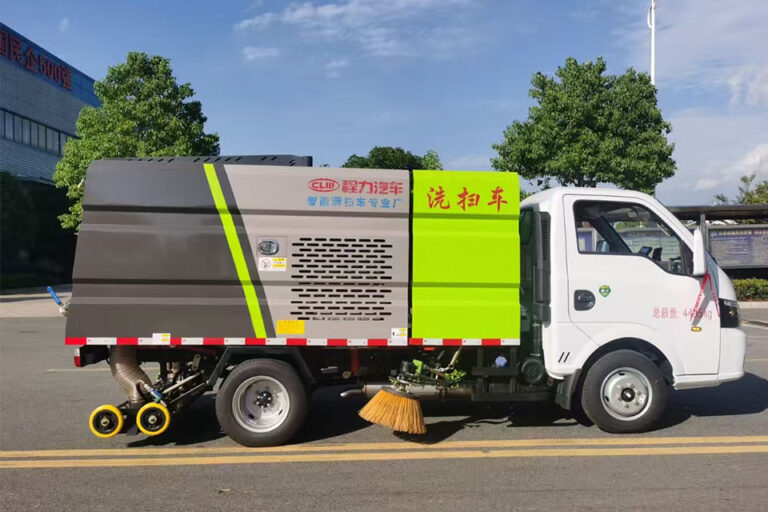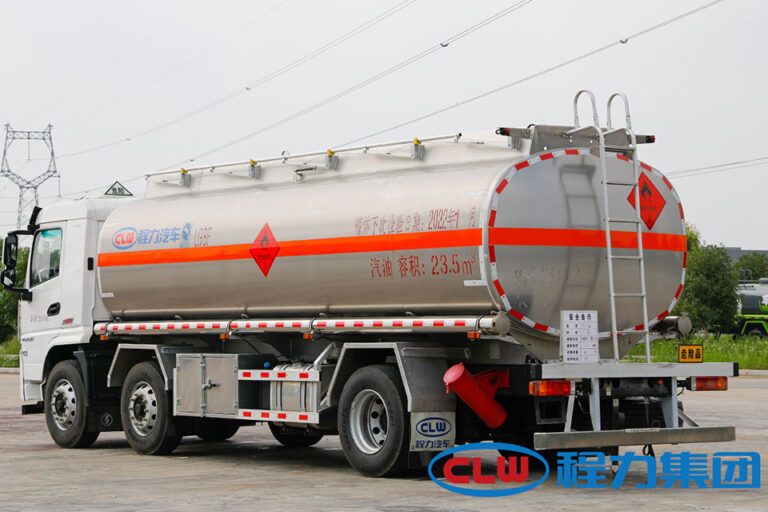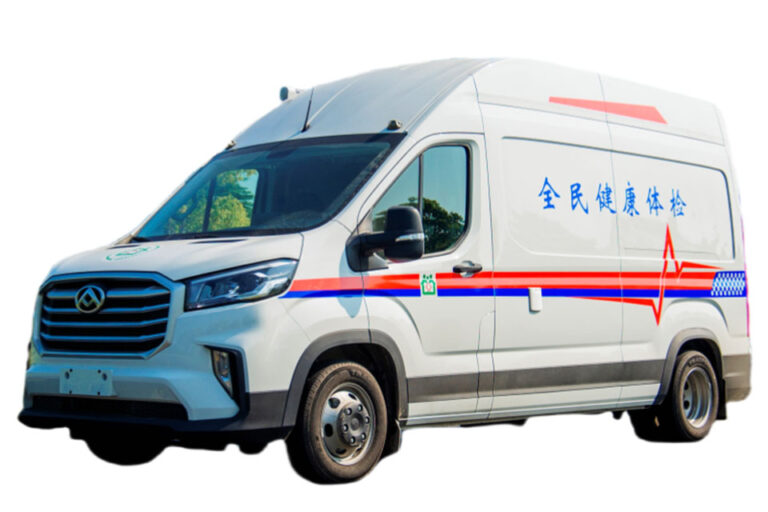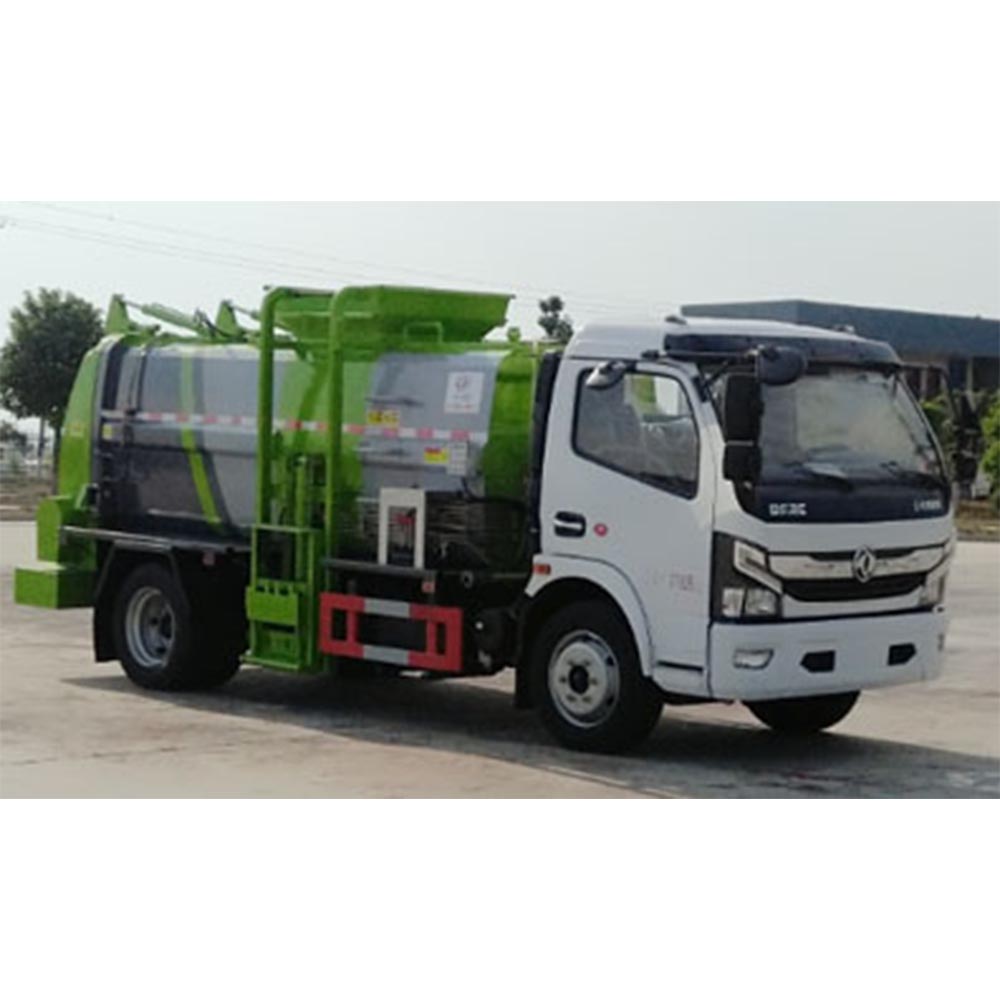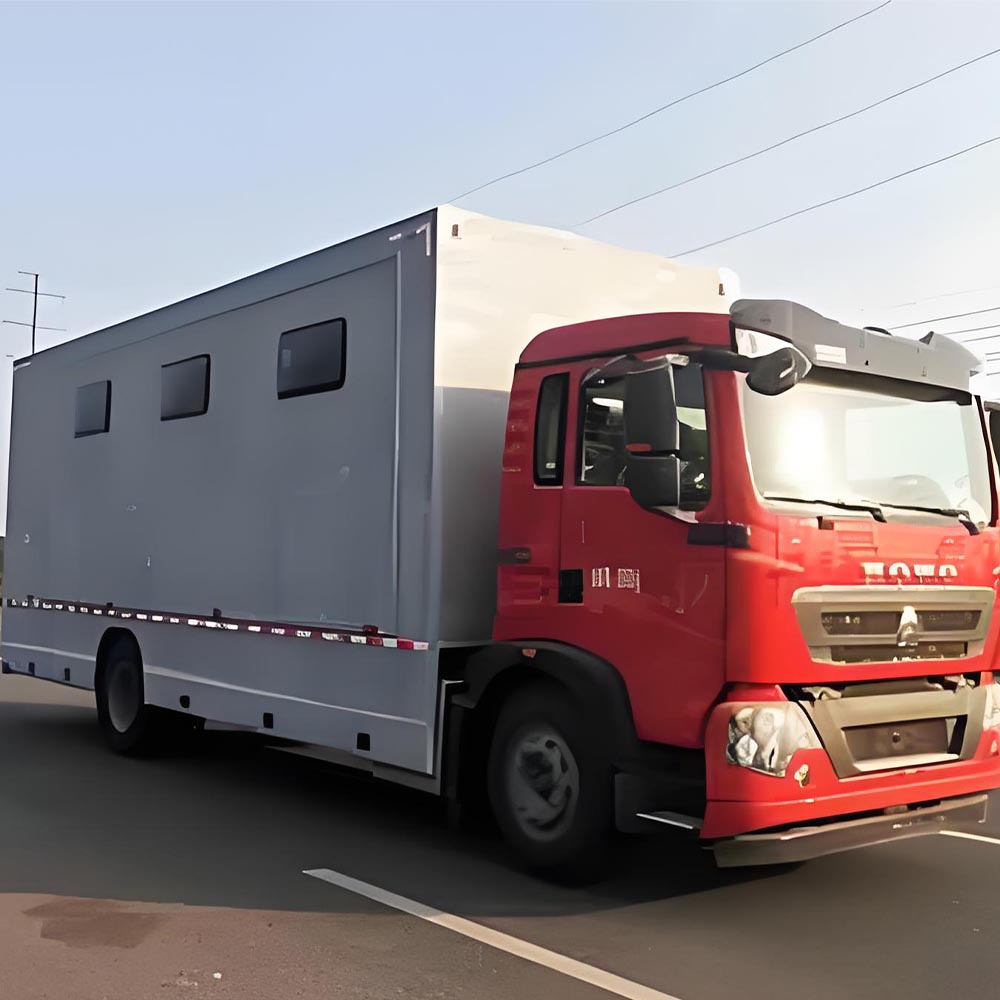-
Chengli Automobile Industry Park
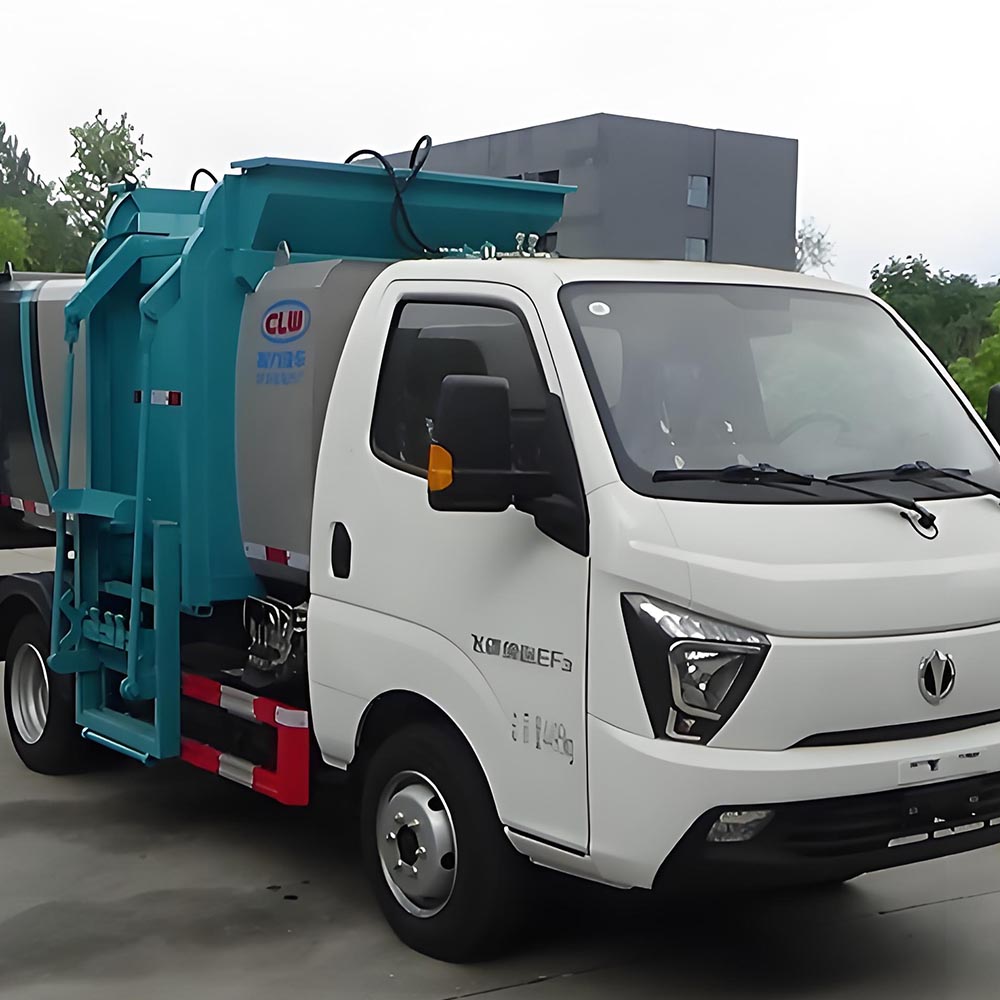
Waste collection in urban areas: A case study
Waste collection in cities is a big problem. When trash builds up, it makes our streets look bad and can make people sick. This study looks at how to make waste collection better.
Table of Contents
Why Waste Collection Matters
In the European Union, people make more than 2.3 billion tons of trash each year. This is a lot of garbage! About 10% of this is city trash that needs to be picked up from homes and businesses.
Garbage trucks are very important for keeping our cities clean. These special trucks pick up our trash and take it away.
The ONDE-UWC Project
The ONDE-UWC project is a new way to make waste collection better. This project puts sensors on garbage cans and trucks. These sensors help workers know when garbage cans are full.
The project uses something called IoT (Internet of Things). This means that machines can talk to each other. In this case, garbage cans can tell trucks when they need to be emptied.
How It Works
The ONDE-UWC project makes waste collection better in these ways:
- Sensors on garbage cans tell when they are full
- Trucks know which garbage cans to empty first
- Workers save time by not checking empty garbage cans
- Cities save money on fuel and worker time
This is different from old ways where trucks followed the same route every day, even if some garbage cans were empty.
Sanitation trucks used in this project are special vehicles designed for efficient waste collection in urban areas.
Important Data from the Study
Here are some facts about waste in Europe:
Table 1: Waste Generation in European Union
| City | Population | Waste Generation (tons/year) |
|---|---|---|
| European Union (average) | 500 million | 2.3 billion |
| Turin, Italy | 900,000 | 123,000 |
| Paris, France | 2.2 million | 330,000 |
| Berlin, Germany | 4 million | 560,000 |
Different kinds of trash need different kinds of trucks:
Table 2: Waste Composition in Urban Areas
| Type of Waste | Percentage of Total Waste |
|---|---|
| Municipal Waste | 10% |
| Industrial Waste | 20% |
| Commercial Waste | 15% |
| Construction and Demolition Waste | 25% |
| Biodegradable Waste | 10% |
| Other Waste | 10% |
Smart Waste Collection in Urban Areas
How IoT technology is optimizing waste management in European cities
EU Waste Generation
2.3B tons
Annual waste production across European Union
Municipal Waste
10%
Percentage of total waste from urban areas
Collection Efficiency
+43%
Improvement with smart sensors
Key Findings from Turin Case Study:
- IoT sensors reduced night shifts by 100%
- Vehicle usage decreased by 33%
- Dumpster utilization increased from 28% to 70%
- Average collection time: 6 hours per shift
The Case Study
Our study looked at waste collection in a city near Turin, Italy. The company that picks up trash there is called Cidiu S.p.A.
Table 3: Case Study – ONDE-UWC Project
| Feature | Description |
|---|---|
| Project Goals | Optimize waste collection in urban areas using IoT and GUEST OR |
| IoT Components | Sensors installed on dumpsters and garbage trucks |
| GUEST OR Methodology | Used to schedule weekly waste collection activities |
| Case Study Location | Urban area near Turin, Italy |
| Funding | Regional Council of Piedmont |
The GUEST OR method helped make the project work better:
Table 4: GUEST OR Methodology Benefits
| Benefit | Description |
|---|---|
| Reduced Time for Solution Implementation | GUEST OR methodology helps to reduce solution implementation time |
| Operational Efficiency | GUEST OR methodology increases operational efficiency |
| Economical Savings | GUEST OR methodology results in economical savings |
| Improved Awareness | GUEST OR methodology improves awareness of waste production and management |
How Waste Collection Works
When waste collection trucks pick up trash, they follow these steps:
- The truck starts at the company garage
- It follows a route to pick up trash from many garbage cans
- When the truck is full, it goes to the dump
- Then it goes back to the garage
Waste transport vehicles are specially designed to handle different types of waste safely and efficiently.
Results of the Study
Our study found some important facts about waste collection:
Table 5: Statistics on Waste Collection in Urban Areas
| Statistic | Value |
|---|---|
| Average time taken to collect waste | 6 hours |
| Average distance traveled by garbage trucks | 50 km |
| Average number of waste containers emptied per week | 500 |
The new waste collection system made things much better:
- Workers didn’t have to work at night anymore
- Trucks used less fuel
- Garbage cans were emptied when they were almost full, not too early
- The city saved money
Lessons Learned
Here are the main things we learned:
- Smart garbage cans with sensors make waste collection better
- When trucks and garbage cans can “talk” to each other, the system works better
- Using math to plan routes saves time and money
- Workers are happier when their jobs are more efficient
Conclusion
The ONDE-UWC project shows that new technology can make waste collection in cities much better. By using sensors and smart planning, cities can save money and keep streets cleaner.
This case study proves that even something as simple as picking up trash can be made better with new ideas and tools. Other cities can learn from this example to improve their own waste collection.
Industrial waste crusher trucks could be the next innovation in urban waste management, making waste collection even more efficient in the future.

